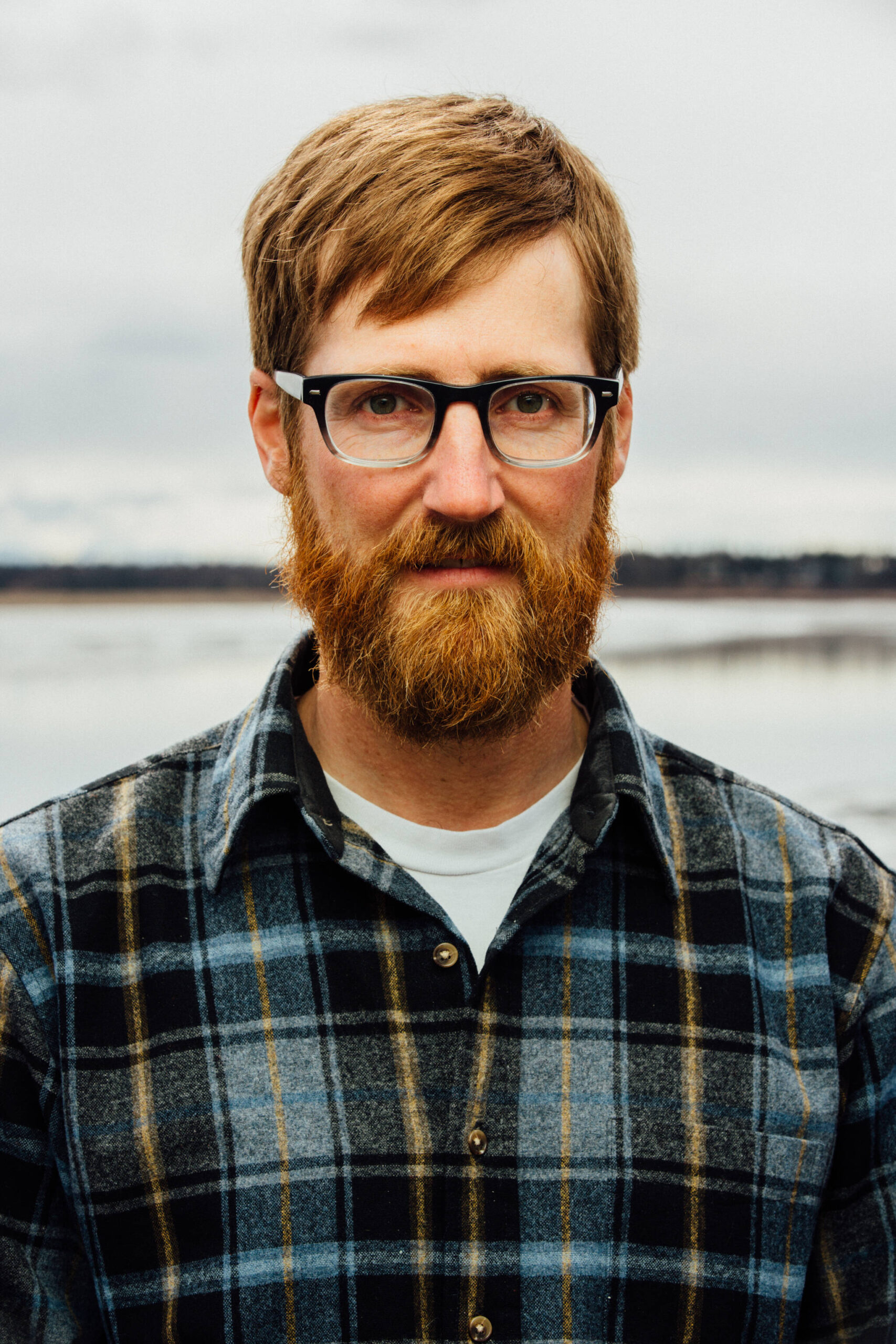In an often repeated adage, scholars of climate change suggest that Americans can more easily imagine the end of the world than the end of cars and airplanes. The burning of fossil fuels is inherent to our lives, and, as we all know, unquestionably driving us toward negative climate outcomes. As this adage captures, however, the range of stories available to the American environmental imagination to respond to this problem draw heavily on the apocalyptic tradition, offering fewer visions of good outcomes in the face of unprecedented change.
I often begin classes with this observation, challenging students to think beyond the end-times narrative. The problem, of course, is that the narrative of decline is baked into American environmental thinking from the start. To make this point, I project an image of John Gast’s 1872 painting “American Progress,” asking my students to offer quick interpretations. Gast’s oft-reproduced painting depicts an oddly levitating woman moving right to left across a landscape meant to evoke the American West; she’s carrying a schoolbook tucked under one arm and dangling a telegraph line with her trailing hand. In front of her are mountains, bison and bears, and stereotypical images of Indigenous peoples. Shadowed in darkness and storm, the original inhabitants of the West are pictured fleeing stage right before the “pioneers”—arriving by horse, covered wagon, and, eventually, train—can “settle up the country.” The painting dramatizes the nineteenth century’s theory of the history of a young nation. That is, historians of Gast’s era believed both in the inevitability of progress and that this progress was inherently good. In the painting we see European-appearing hunters and trappers followed by farmers, and finally by cities and industrialization, all bathed in sunny bright light. For 19th-century historians, a national identity was forged in this westerly movement.
When I ask my students to read the painting’s argument, they can tell the story of progress, but they are quick to offer a critical account of Gast’s celebration of manifest destiny. Indeed, with very little prompting, they level smart environmental and social justice critiques. Read left to right, in place of a story of progress we see the wanton destruction of prairie ecosystems, the extermination of charismatic megafauna, and cultural genocide. Historians call this counter story a “declensionist narrative,” noting that we frequently deploy this frame to tell the story of environmental change as a downward spiral. The version my students offer in their reading of this painting is astutely intersectional, noting the links between ecological devastation and social injustice. Even in these remarkably cross-cutting readings, though, the story remains centered on decline: small groups of power-hungry humans have degraded landscapes, driven animals out, and erased other cultures in the name of progress. My students so easily tell these important stories, as these are echoing baseline environmentalist positions, some of which have been standard since the nineteenth century.
It is no surprise, then, that our climate stories adopt this declensionist frame, telling stories of loss, extinction, and injustice. As this week’s publication of the sixth Assessment Report of the Intergovernmental Panel on Climate Change confirms (https://www.ipcc.ch/assessment-report/ar6/), these are important stories: human activities (mostly burning of fossil fuels) have already warmed the earth by one degree Celsius, causing adverse impacts to ecosystems, negatively impacting all the animals that rely on them, human and non-human. We need to keep telling this story, especially noting how the impacts disproportionately fall on those less well off, but I also think we need other versions. We know that the sooner we reduce emissions, the fewer and less severe the climate impacts; we know that we need to adjust our lifestyles to adapt to the ways climate change alters the places we live. In many cases, we also know how to mitigate and adapt to climate change. So far, the grief-inducing stories of decline that dominate our current climate narratives, haven’t empowered leaders to craft greenhouse gas reduction policies that work. They haven’t encouraged us to cultivate the communities that help us find beauty and joy in the world, nor, most importantly, do these declensionist narratives open space for stories that highlight positive human interactions with the environments we inhabit.
Recognizing this need to find stories of community, resilience, and human belonging, the UAS Sustainability Committee is hosting a series of public events in April aimed at finding more inclusive ways to connect and share our stories. Culminating on Earth Day (April 22), the first of these is focused on climate stories. We will gather in the Glacier View Room and on Zoom on April 5 from 1:45-3:15pm, where Jason Davis, director of Climate Stories Project (https://www.climatestoriesproject.org) will facilitate a workshop on crafting climate stories. The event is free, but advance registration is requested: https://alaska.zoom.us/meeting/register/tZ0rcOqgqTIsGtxBuGfBAG_rBVFU6dRIX3No This will be followed with a climate story sharing event on April 21 at UAS’s Noyes Pavillion. The more voices we can add to the chorus, the richer and more diverse it will be.
For more information, please send an email at kkmaier@alaska.edu.
• Kevin Maier is professor of English and environmental humanities at the University of Alaska Southeast and lives in Juneau. Maier is a member of the University of Alaska Southeast Sustainability Committee. The views expressed here do not necessarily represent the views of the University of Alaska Southeast.

